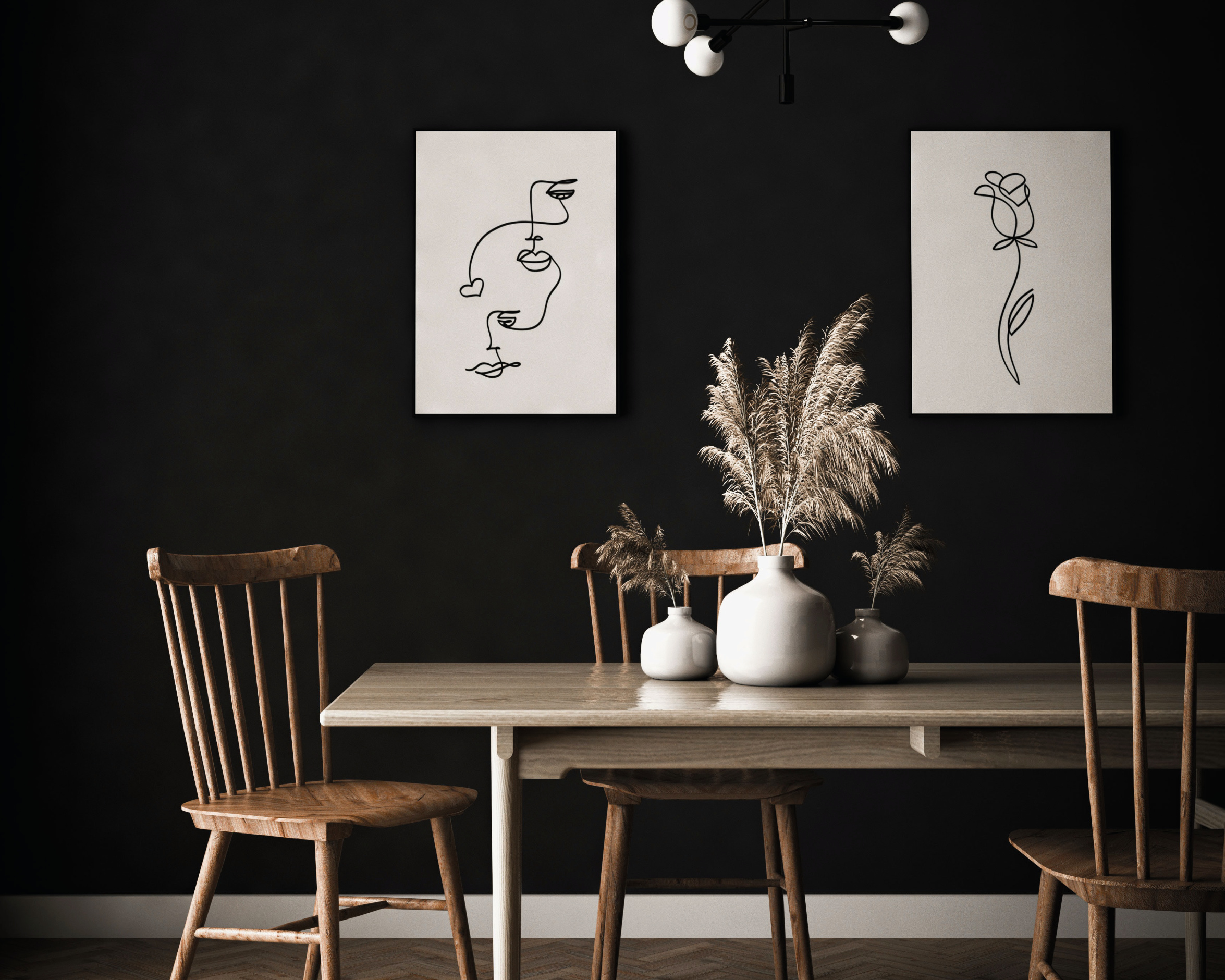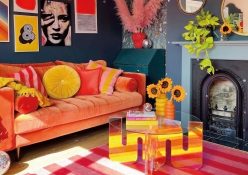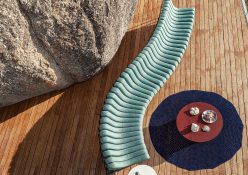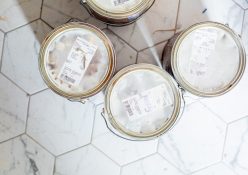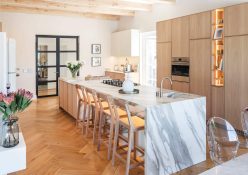Black is back, but did it ever really leave? With the help of two local experts, we take a closer look at its timeless appeal, and why homemakers choose its unapologetically bold character time and time again
It’s bold, it’s daring and it can be downright scary. Black is a powerful colour in the home. It can elevate or break down a room. It can strip a space or tell a story. It can be pared back, or be everything at once. It’s perhaps these powerful possibilities and contradictions that have fascinated homemakers for generations, and why the old adage ‘black is back’ rings true year in and year out. But what is it about this colour that sparks our imaginations, creativity and even our fears?
A Starting Point
For ceramicist Colin Braye from Vorster & Braye Ceramic Design, black is the diving board of design. ‘Black has been the default starting point for design for a very long time,’ he says. ‘From a pencil on paper, the colour is the inception of where most design starts: black on white.’ He explains that the darker something is, the more solid and stable it feels. ‘I believe it’s in our nature to see black as the colour of strength and dependability.’
Interior designer and owner of EM Interiors, Edwin Murphy, believes that used correctly, black in interior design can be a powerful way of shaping a space. ‘Black is an easy colour for the eye to read. Just think about how relaxed you are when you walk into a dark cinema. Using black as a negative space in the background gives the homemaker and their objects space
to breathe.’ He explains that using a black wall, for instance, can amplify the space as well as bring grandeur and status to furniture.
Research done in the psychology of colours in interiors revealed that while the experience of colour is subjective, black consistently evokes feelings of simplicity and functionality. On a psychological front, while all-black interiors are generally considered gloomy, it has also been found that considered use of the colour can feel elegant and versatile.
‘When you consider the colour well, you know that mixing all the colours together creates black – or even dark brown in practice,’ says Colin, explaining that in this seemingly solid tone exists all vibrant colours. ‘I think this composition of black means it complements any other, more seasonal colour. For me,’ he adds, ‘black will always be a staple of design: It’s timeless and simple.’
Bringing Black to Life
Using black in interior design is daunting, to say the least. Fears that it may be ‘too much’ or too overwhelming are what stop most homemakers from taking the first bold step. But the truth is this: Black is extremely versatile and can both make a statement and blend in quietly. It truly has endless potential. Edwin suggests that using black as a backdrop is a great way of contrasting light natural wood or white furniture.
‘Being a dark negative space, the furniture in front of it is easy and comfortable for the eye to read as a unit,’ he says. In these cases, it’s all about balance, and it’s a great opportunity to play around. Add and remove pieces of furniture and decor until you feel you’ve struck harmony in the space. Edwin also points out that continuous walls painted in black can make a room feel much smaller because the eye reads vertical planes as one. ‘Offsetting architectural trims and adding dimensions with different-sized objects along this facade,’ he says, ‘will create a gauging distance for the person to travel through the room.’
When using black, it’s important to consider how it interacts with the surroundings, especially when it comes to light. ‘Using black on a wall with windows that bring in a lot of natural light,’ he adds, ‘is a great way of showing off the shape of the building.’ He points out that window frames often become blurred with their surroundings, so it’s easy to forget that they’re architectural features. ‘Paint in black with the presence of strong natural light,’ he says, ‘and suddenly your windows become features and beam light into the negative spaces.’
Words by Edwain Steenkamp
Photography: Unsplash



